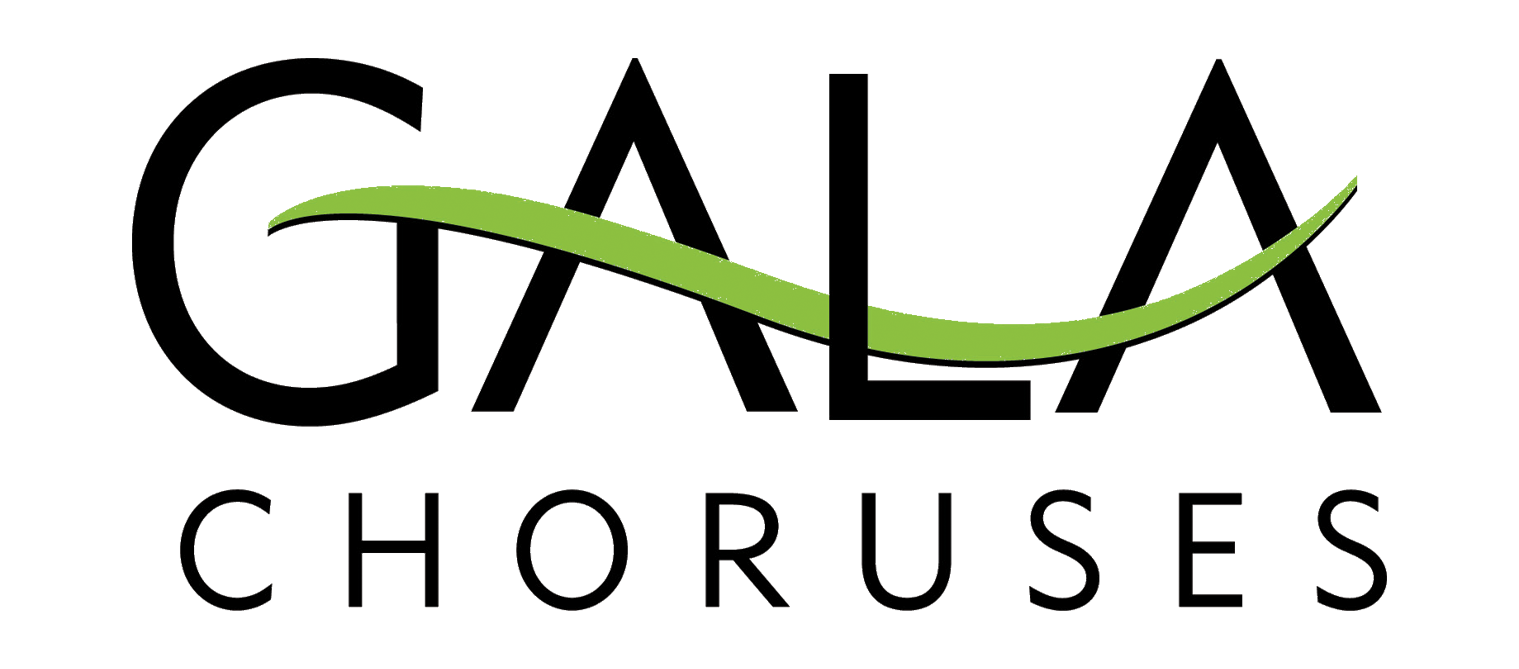This resource includes a planning grid for choruses designed by Jane Ramseyer Miller.
- Seek out partnering community organizations and movements that address issues which are important to, and have personal connections to, your singers.
- Identify a community partner, organization, or individual to be your guide and advisor to guide your chorus with internal education, cultural awareness and communication with your collaborative partner.
- Participate in events and projects hosted by your collaborative partner in their space. Ask how your chorus can support their mission and work in the community.
- Listen more than you talk.
- Make sure your internal training and chorus conversations happen before collaborators are invited as guests into your space. Explore issues of power and privilege, cross-cultural dynamics, language sensitivity, etc as recommended by your community guides.
- Anticipate ways to help your collaborators feel comfortable when they are in your space:
- provide greeters at the door
- prepare nametags
- think about the food and drink you are providing. Is it appropriate for your guests?
- ask in advance what things would help your collaborators feel welcome in your space.
- Serve food. Always food! There is no better conversation generator for people that don’t know each other.
- Select and prepare music thoughtfully. See Preparation & Performance Practice (page 19).
- Balance creative process and flexibility with written expectations. A written contract is a must for any collaboration, especially if it involves significant time and/or finances. If a new work of art is created through this collaboration, be sure to clarify in writing in advance who owns the on-going rights to that new work. If collaborative partners participate in a concert, compensate them financially for their time and expertise.
- Ensure that any event or project advertising and promotion is agreed upon by all collaborators.
- Find meaningful ways to stay in touch. Especially if the collaboration stirs a lot of emotion or vulnerability for your collaborators or your chorus, offer follow-up support and continue building trust rather than dropping the connection immediately after the collaboration is officially finished.
- Collaboration is trendy but proceed with humility, embracing the possibility that this community partnership might just transform your life, your chorus… and the world!
Remember…
- “Outreach” is not the same as inclusion or engagement.
- True collaboration involves a willingness to let go of control. Know that the outcome of the collaboration may take a completely different form than you originally envisioned.
- If you feel uncomfortable, this might just be the perfect collaboration for your chorus.
- Any true collaboration takes time, patience, creativity, willingness to adapt and lots of listening. Be realistic about the time that true, transformative partnership may take.
Transformative Engagement Planning Grid
- Project Title & Chorus
- Collaborative partner
- Community Experts—Who are the experts in your community that can bridge between your two organizations, help with training or facilitate conversation?
- Internal Training—What kind of internal training will your chorus need? What does your collaborative partner suggest?
- Listen & Experience—How/where will your chorus participate in an activity hosted by your collaborative partner?
- Message—What is the simple message you want to convey through this artistic project?
- Goal Setting—Create up to 3 basic goals for the partnership – together!
- Challenges—What challenges do you anticipate for the project in general?
- Barriers to participation—What barriers /challenges does your collaborative partner anticipate in terms of getting their community members involved in the project? How can you address these?
- Planning & Decision-making—How will your collaborative partner be engaged in decision-making, or not? Selecting repertoire, where they stand on stage, concert order, etc…
- Project Description—What will the project and/or performance look like, sound like, feel like? What will people experience, hear or see as soon as they walk in the space? How will they feel welcome and engaged?
- Audience Development—How will you engage community members to be involved? How will you get them there? Free tickets are NOT enough – be creative. This will take time. What do your collaborators suggest?
- Evaluation & Transformation—Who will be involved in the evaluation? What form will it take? How has your chorus community changed through this collaborative partnership? What have you learned?
- On-going Engagement—How will you continue to stay connected with your collaborative partner over the next 12-24 months?
